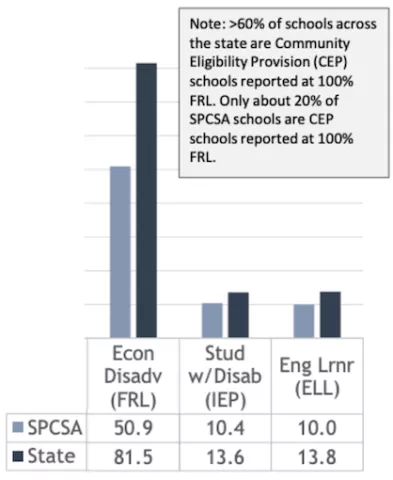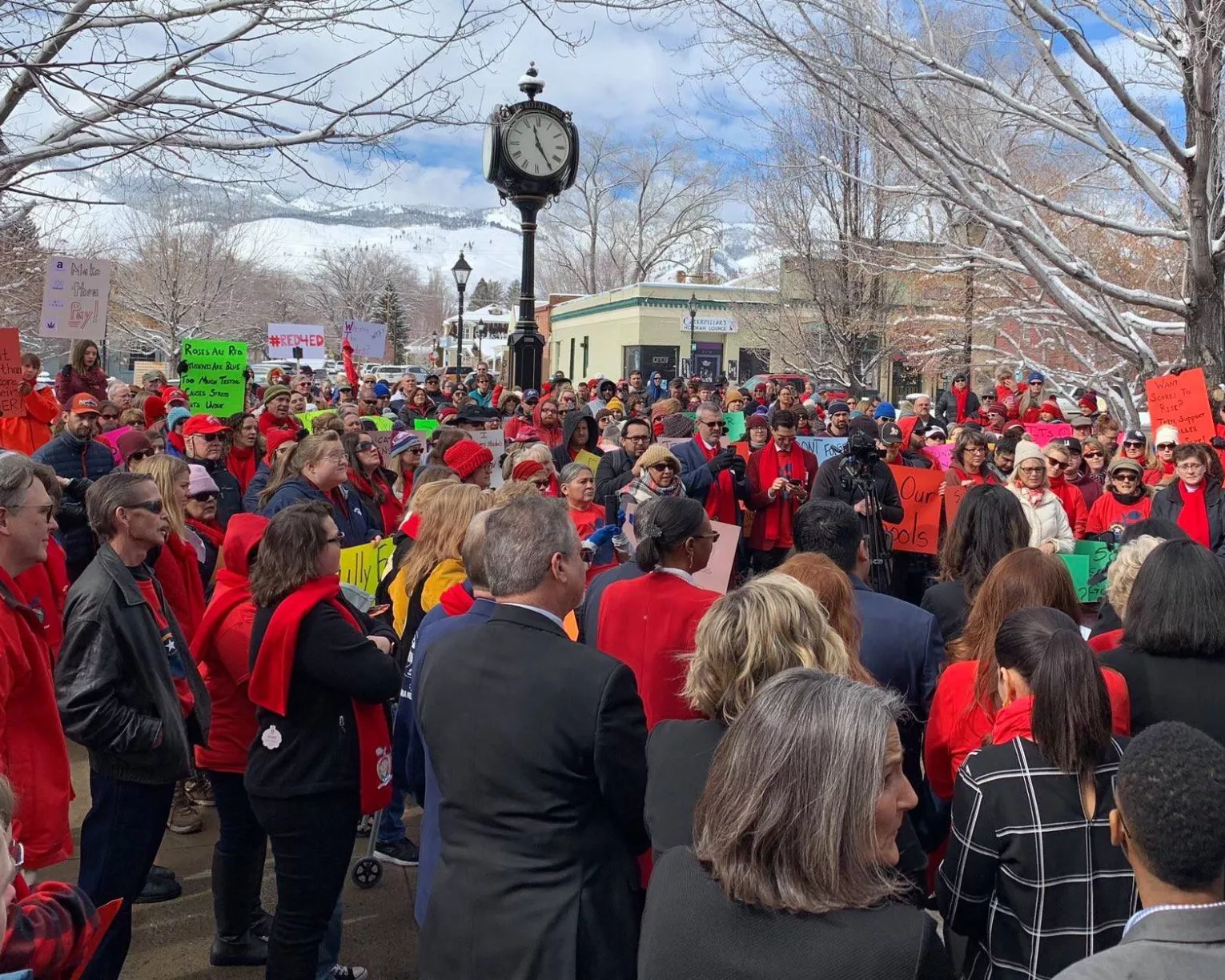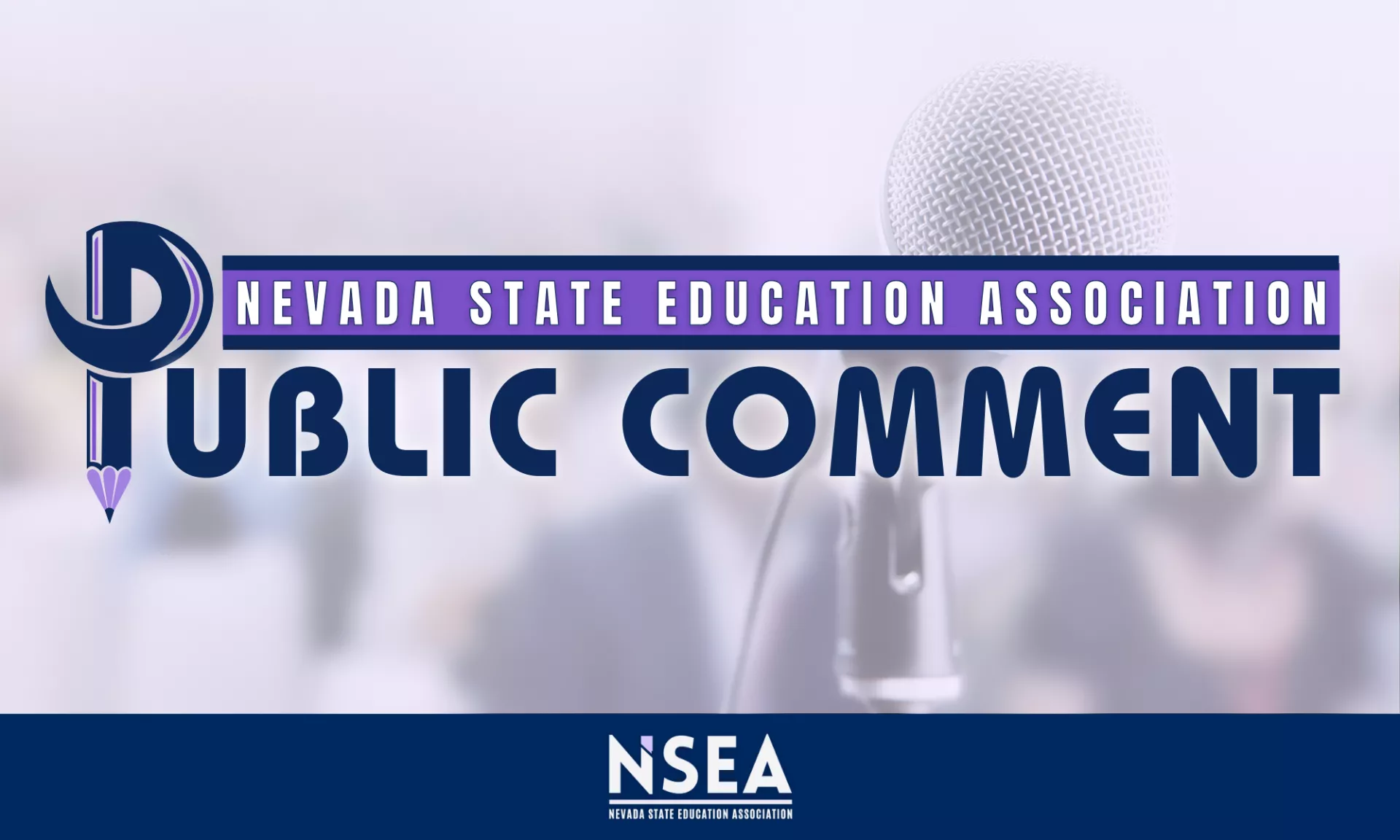Since 2017, NSEA has been asking for greater controls and oversight of charter schools, especially given the separate and unequal dynamics between charter schools and neighborhood public schools. In 2019, NSEA proposed a moratorium on new charter schools in Nevada, until all accountability issues had been addressed. In a political compromise, the Legislature required the Charter School Authority to develop and implement a growth management plan. However, since its passage, we have witnessed supercharged growth of charter schools with only minimal improvements in charter school accountability.

In terms of charter operations, especially related to serving Nevada’s most disadvantaged students, charter schools have only made incremental improvements. There remains a stark difference in student demographics, especially related to low-income students. Currently, 81% of Nevada students qualify for free and reduced lunch. Charters only enroll 51%. Even the disclaimer provided by the Charter School Authority regarding Community Eligibility Provisions highlights this contrast. More than 60% of Nevada schools qualify for these provisions, while only about 20% of charters are CEP eligible. Meanwhile, harmful gaps remain in students with disabilities and English learners.
For years, NSEA has expressed concern about the disparities in charter student demographics and their practice of cherry-picking students.
These differences skew academic performance data that show charters outperforming neighborhood public schools. However, when corrected for demographic differences, neighborhood public schools outperform charters.
Please keep in mind during the presentation that academic performance comparisons presented do not correct for demographic differences and are thus apples and oranges.
What's On Your Mind?

